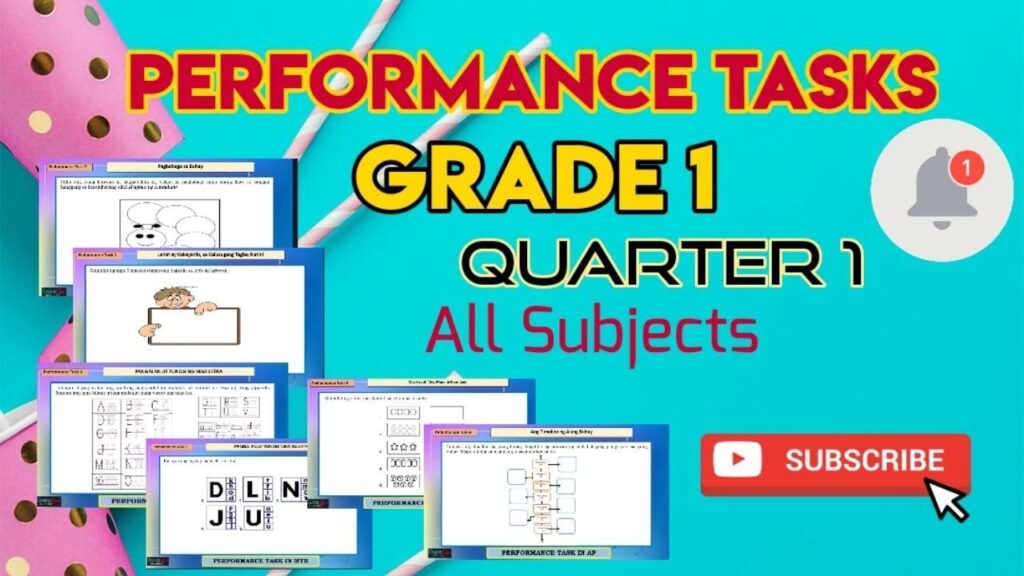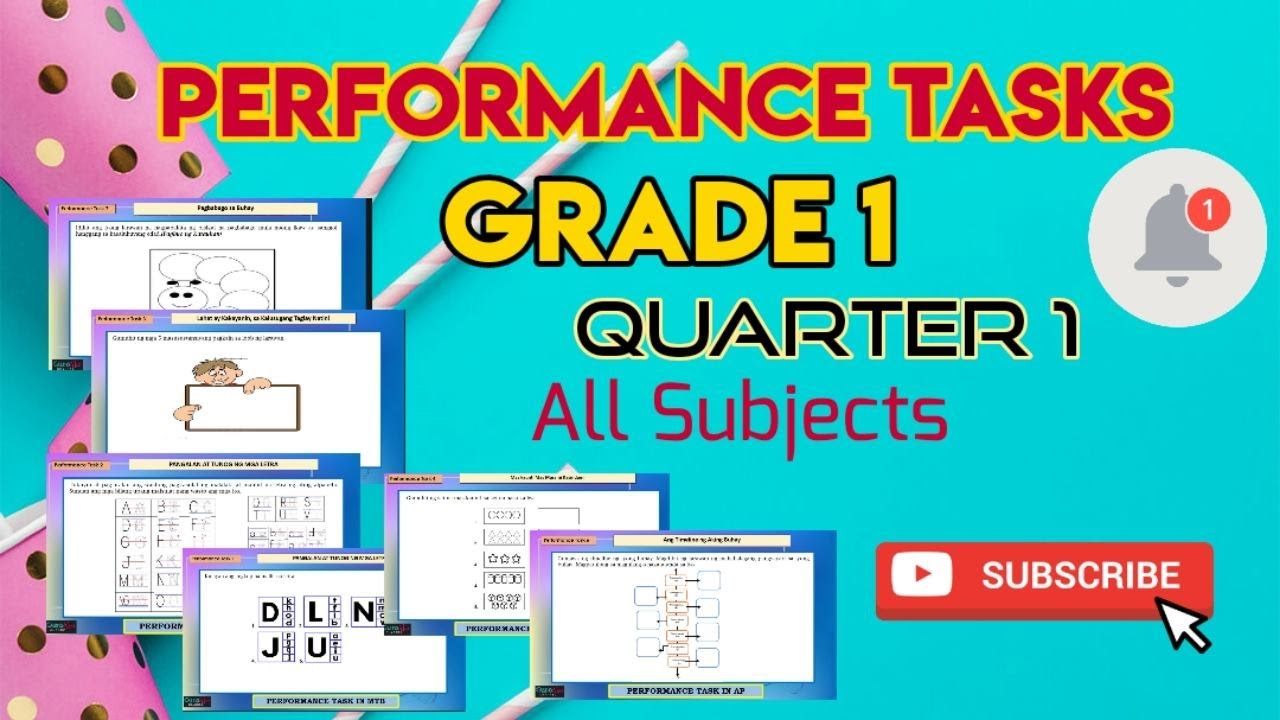
Navigating Grade 1: A Comprehensive Guide for Parents and Educators
Entering grade 1 marks a significant milestone in a child’s educational journey. It’s a year filled with exciting new challenges, foundational learning, and social development. This guide aims to provide parents and educators with a comprehensive overview of what to expect in grade 1, offering insights into curriculum, developmental milestones, and strategies for supporting young learners. Understanding the nuances of grade 1 is crucial for ensuring a smooth and successful academic year.
What to Expect in the Grade 1 Curriculum
The grade 1 curriculum typically focuses on building a strong foundation in core subjects such as reading, writing, and mathematics. However, it also incorporates social studies, science, and the arts to provide a well-rounded educational experience. Let’s delve deeper into each subject area:
Reading and Language Arts
Reading instruction in grade 1 emphasizes phonics, sight words, and reading comprehension. Students learn to decode words, understand sentence structure, and develop fluency. Common activities include:
- Phonics instruction: Learning the sounds of letters and how they combine to form words.
- Sight word recognition: Memorizing frequently used words that may not follow typical phonetic rules.
- Reading aloud: Practicing reading with expression and accuracy.
- Comprehension activities: Answering questions about stories, retelling events, and making inferences.
Writing skills are also developed in grade 1. Students learn to form letters correctly, write simple sentences, and express their ideas in writing. Activities may include:
- Letter formation practice: Using handwriting worksheets or tracing activities.
- Sentence writing: Constructing simple sentences with a subject, verb, and object.
- Journaling: Writing about personal experiences or responding to prompts.
Mathematics
The grade 1 math curriculum focuses on number sense, basic operations (addition and subtraction), measurement, and geometry. Students learn to count, compare numbers, and solve simple word problems. Key concepts include:
- Counting and number recognition: Counting to 100, identifying numbers, and understanding place value.
- Addition and subtraction: Solving basic addition and subtraction problems using manipulatives, drawings, or mental math.
- Measurement: Comparing lengths, weights, and volumes using non-standard units.
- Geometry: Identifying and describing basic shapes, such as circles, squares, triangles, and rectangles.
Science and Social Studies
Science and social studies in grade 1 are often integrated to help students understand the world around them. Science topics may include plants, animals, weather, and the human body. Social studies topics may include families, communities, cultures, and history. These subjects are often taught through hands-on activities, experiments, and discussions. Engaging with topics in grade 1 encourages curiosity and critical thinking.
Developmental Milestones in Grade 1
Understanding the developmental milestones that children typically reach in grade 1 can help parents and educators support their growth. These milestones cover cognitive, social-emotional, and physical development.
Cognitive Development
Cognitively, grade 1 students are developing their problem-solving skills, attention spans, and memory. They are learning to think more abstractly and understand cause-and-effect relationships. Key cognitive milestones include:
- Following multi-step instructions: Completing tasks that require several steps.
- Understanding time concepts: Telling time to the hour and understanding the sequence of daily events.
- Solving simple problems: Using logic and reasoning to solve basic problems.
- Remembering information: Recalling facts and details from stories or lessons.
Social-Emotional Development
Social-emotional development is crucial in grade 1 as children learn to interact with their peers, manage their emotions, and develop empathy. Key social-emotional milestones include:
- Cooperating with others: Working collaboratively on group projects or activities.
- Following rules: Understanding and adhering to classroom rules and expectations.
- Expressing emotions appropriately: Identifying and expressing feelings in a healthy way.
- Showing empathy: Understanding and responding to the feelings of others.
Physical Development
Physically, grade 1 students are refining their fine motor skills and gross motor skills. They are developing better hand-eye coordination and balance. Key physical milestones include:
- Writing legibly: Forming letters and numbers clearly and consistently.
- Using scissors effectively: Cutting along lines and shapes with precision.
- Throwing and catching a ball: Developing hand-eye coordination and motor skills.
- Balancing on one foot: Improving balance and coordination.
Strategies for Supporting Grade 1 Learners
Supporting grade 1 learners requires a collaborative effort between parents, educators, and the community. Here are some strategies that can help children thrive in grade 1:
Creating a Supportive Learning Environment at Home
Parents can create a supportive learning environment at home by:
- Establishing a routine: Setting consistent times for homework, meals, and bedtime.
- Providing a quiet study space: Creating a designated area for homework and reading.
- Encouraging reading: Reading aloud to children and providing access to a variety of books.
- Communicating with teachers: Staying informed about their child’s progress and addressing any concerns.
Effective Teaching Strategies in the Classroom
Educators can use a variety of effective teaching strategies to engage grade 1 learners:
- Hands-on activities: Incorporating manipulatives, games, and experiments to make learning interactive.
- Differentiated instruction: Tailoring instruction to meet the individual needs of each student.
- Positive reinforcement: Providing praise and encouragement to motivate students.
- Collaborative learning: Encouraging students to work together on projects and activities.
Addressing Common Challenges in Grade 1
While grade 1 can be an exciting time, it can also present some challenges for students. Common challenges include:
- Reading difficulties: Some students may struggle with phonics, fluency, or comprehension.
- Math anxiety: Some students may feel anxious or overwhelmed by math concepts.
- Social-emotional challenges: Some students may have difficulty making friends, managing their emotions, or following rules.
Addressing these challenges requires early intervention, patience, and a collaborative approach. Parents and educators can work together to identify and address any issues that may arise. [See also: Early Intervention Strategies for Elementary Students]
The Importance of Parental Involvement in Grade 1
Parental involvement is critical to a child’s success in grade 1. Studies have shown that children whose parents are actively involved in their education tend to have better grades, higher test scores, and improved attendance. Parents can get involved by:
- Volunteering in the classroom: Assisting with activities, reading to students, or helping with administrative tasks.
- Attending school events: Participating in parent-teacher conferences, school festivals, and other events.
- Helping with homework: Providing guidance and support with homework assignments.
- Communicating with teachers: Staying informed about their child’s progress and addressing any concerns.
Preparing for Grade 2: Building on Grade 1 Foundations
As the grade 1 year comes to a close, it’s important to start thinking about preparing for grade 2. Building on the foundations laid in grade 1 is essential for continued academic success. Parents and educators can help students prepare by:
- Reviewing key concepts: Reinforcing important skills and concepts learned in grade 1.
- Encouraging independent reading: Promoting a love of reading and encouraging children to read independently.
- Practicing math skills: Reviewing addition, subtraction, and other math concepts.
- Setting goals for grade 2: Helping children set realistic goals for the upcoming school year.
In conclusion, navigating grade 1 requires a comprehensive understanding of the curriculum, developmental milestones, and strategies for supporting young learners. By working together, parents and educators can ensure that children have a positive and successful grade 1 experience, setting them up for future academic success. Remember, the skills and knowledge gained in grade 1 are foundational for future learning, making this year a pivotal step in a child’s educational journey. [See also: Preparing Your Child for Elementary School]

